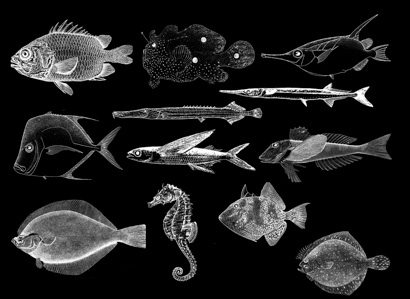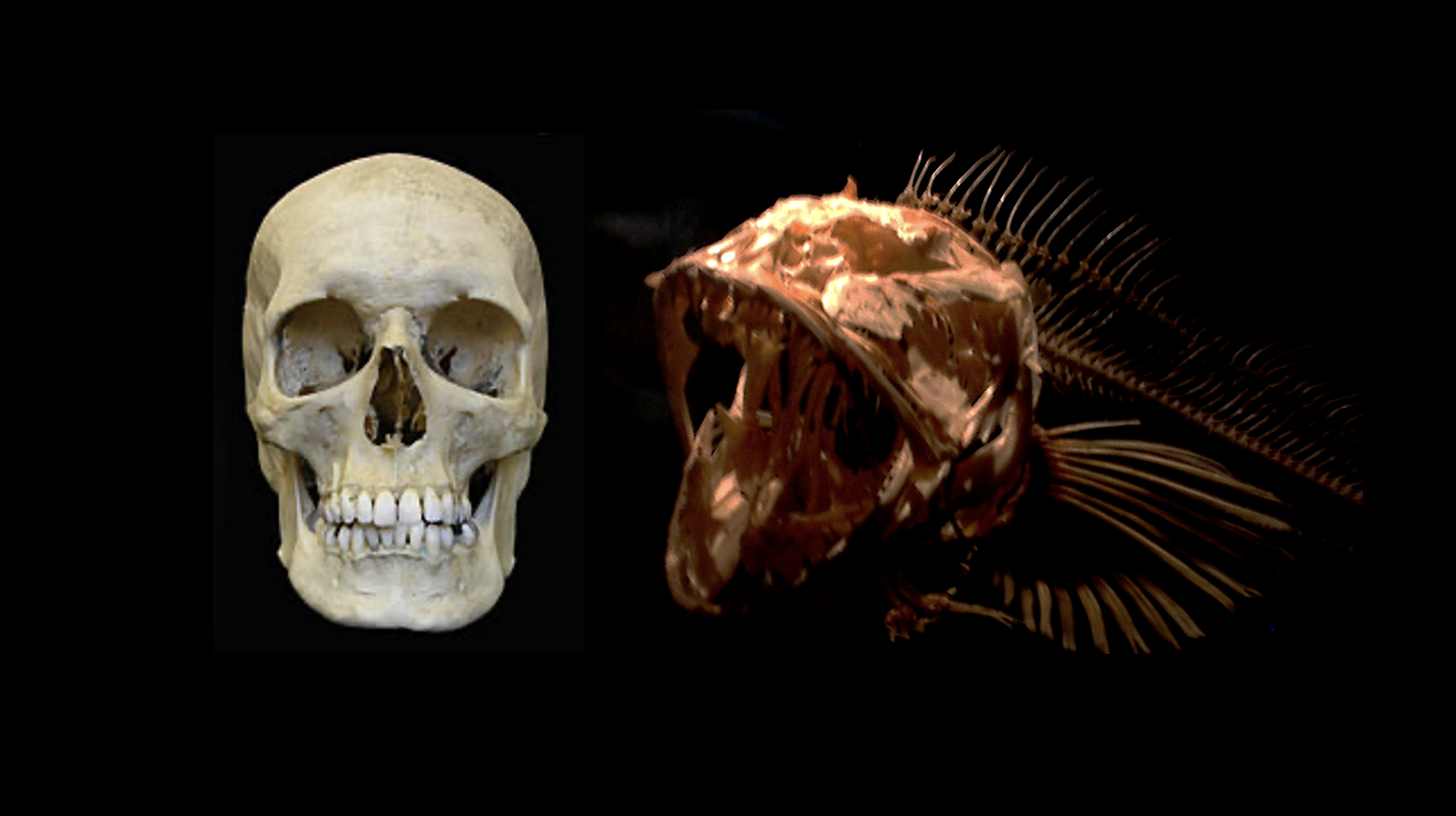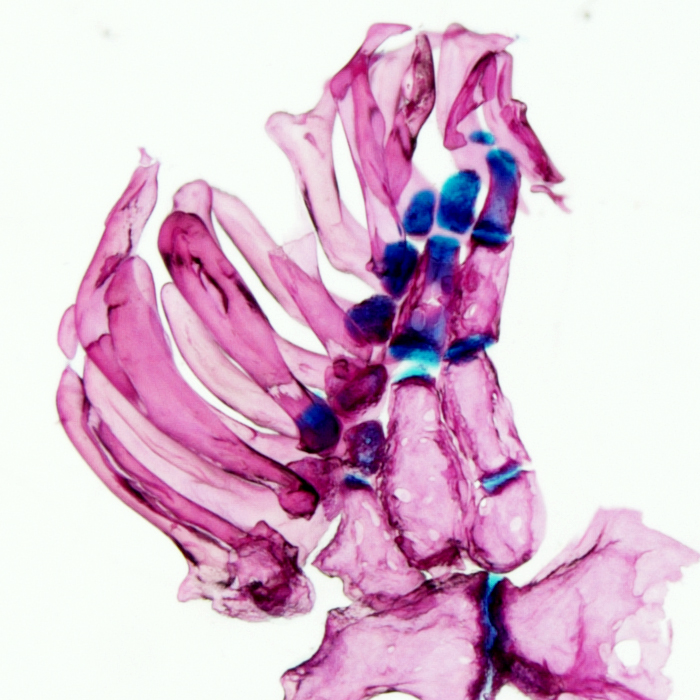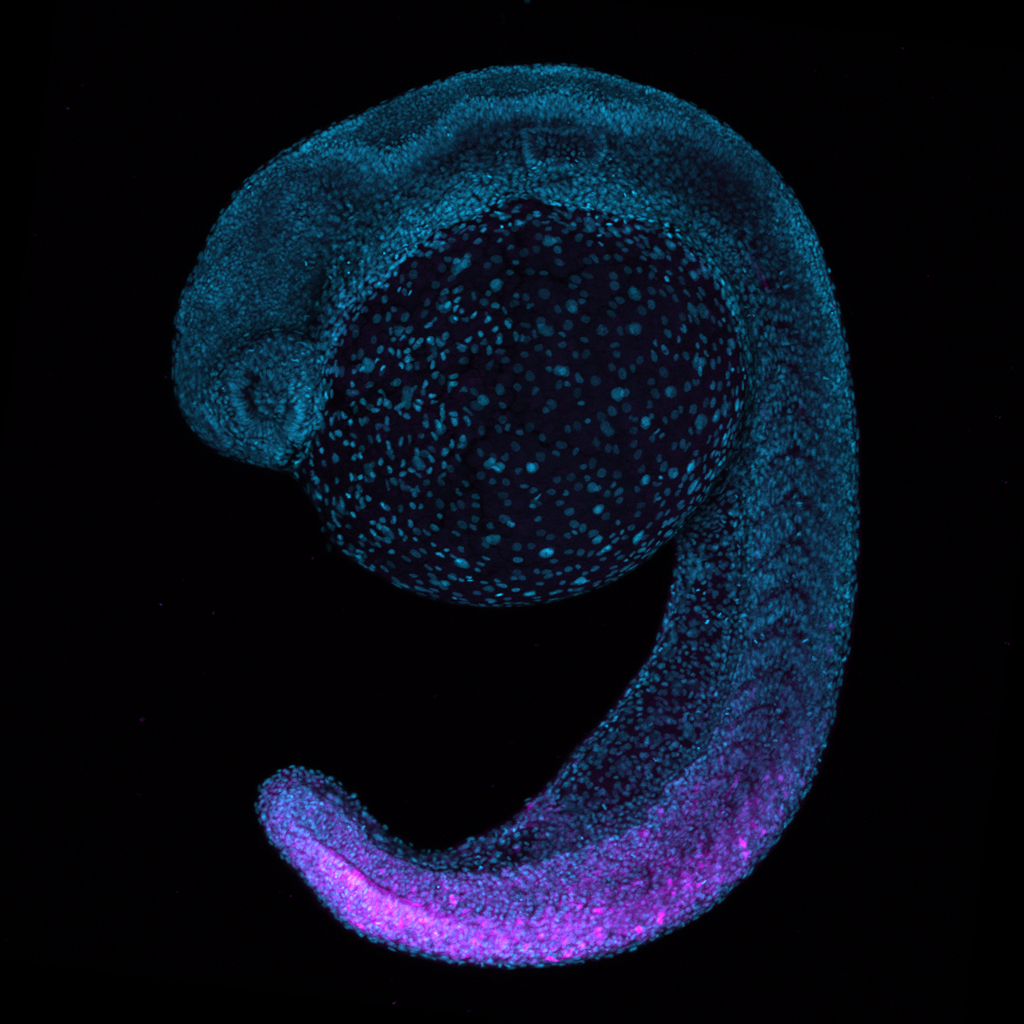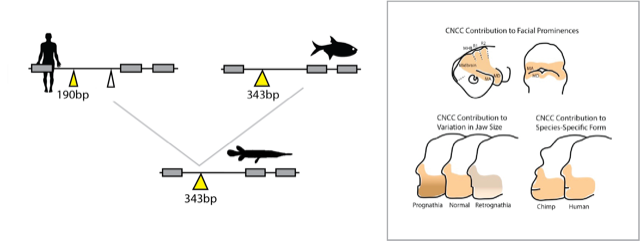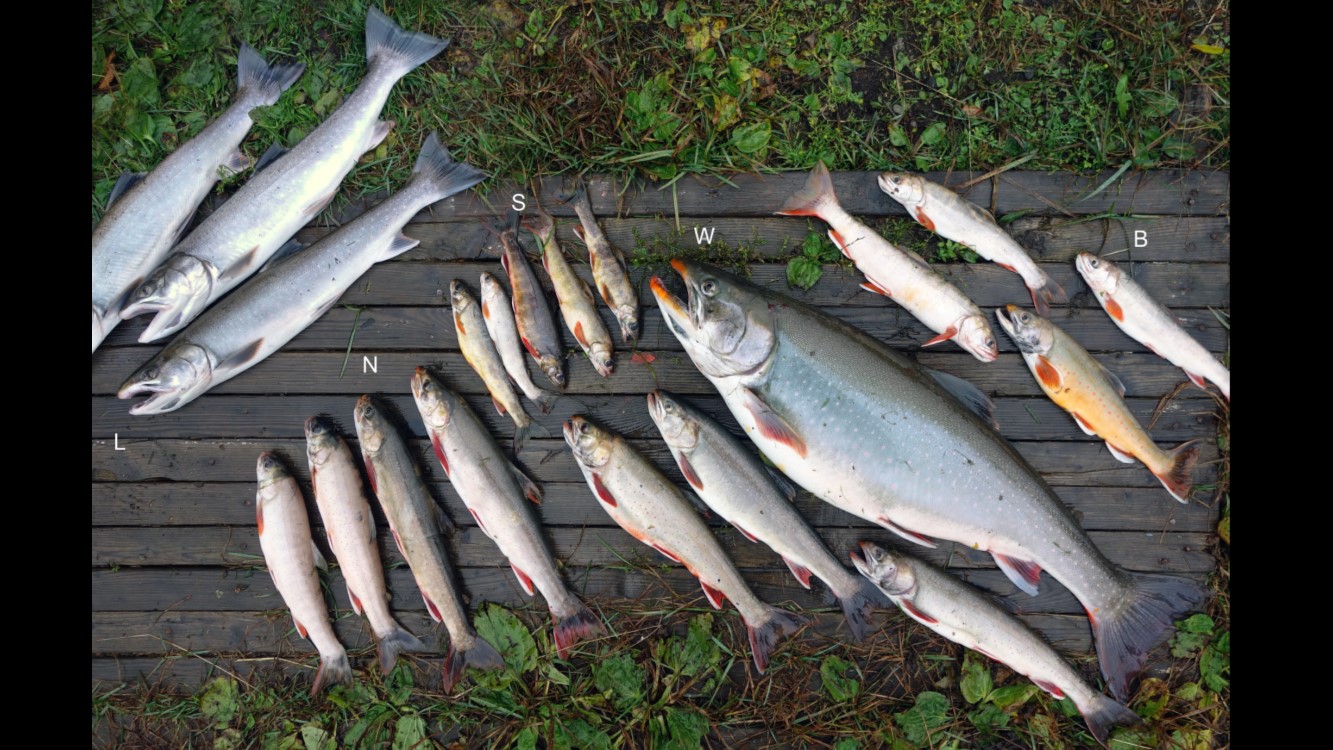Transitions in Skeletal Form
An understanding of the potential of development to potentiate growth and form is to address the changes that occurred in the evolution of novel structures. Vertebrate skeletons have elaborated greatly to support novel environments, change in locomotion, and feeding strategies. This malleable attribute is due to changes in developmental mechanisms. We focus on key transitions in the evolution of vertebrate skeletons, that of the origin of limbs and jaws, and the articulation of the spine.

Related Projects
Craniofacial development and disease
The fundamentals of hat fitting.
Flimbs and developmental potential
Unused recipes hidden in the genome.
Hox14
The lost ingredient of the vertebrate recipe.
Origins and proportions of the jaw
Taking a bite out of time.
Shifting size and form
Different shapes for different capes.
Patterning of the spine
Wildtype back: Well patterned. Mutant back: Dysregulated. Backstreet’s back: Alright.
Key Publications
- Hawkins MB, K. Henke, Harris MP. (2021) Latent limb developmental potential in the zebrafish fin. Cell, 184(4):899-911.e13 PMID 33545089
- Paese, CLB, Hawkins MB, Brugmann SA, Harris MP. (2021) Avian Hindlimb Atavisms and Early Developmental Polarity of the Limb. Developmental Dynamics 2021 Feb 19. PMID: 33605505
- Thompson AW, Hawkins MB, Parey E, Wcisel DJ, Ota T, Kawasaki K, Funk EC, Losilla M, Fitch O, Pan Q, Feron R, Milhes M, Racicot BL, Childs KL, Fontenot Q, Ferrara A, David SR, McCune AR, Dornburg A, Yoder JA, Guiguen Y, Roest-Crollius H, Berthelot C, Harris MP, and Braasch I (2021). The genome of the bowfin (Amia calva) illuminates the evolution and development of holostean ray-finned fishes Nature Genetics, Sep;53(9):1373-1384. doi: 10.1038/s41588-021-00914-y. PMID: 34462605
- Peskin B., Henke K., Cumplido N., Treaster S., Harris M., Bagnat M., Arratia G. (2020) Notochordal Signals Establish Phylogenetic Identity of the Teleost Spine. Current Biology [link]
